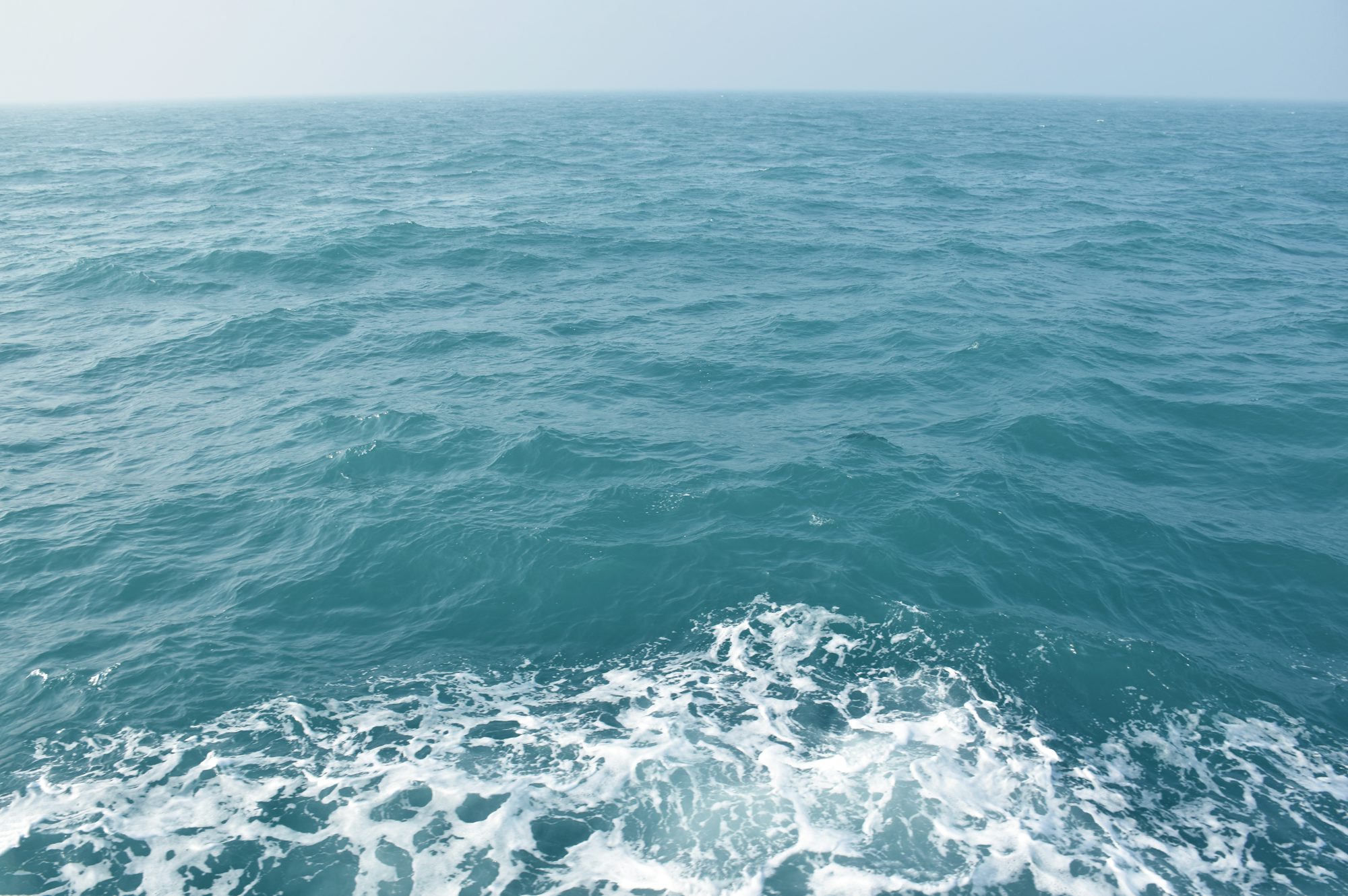A Brief History of Surfing
The origins of surfing can be traced back to the islands of Hawaii, where it was known as "he'e nalu." Ancient Hawaiians used surfboards made from solid wood to ride the waves. Surfing was more than just a leisure activity; it played a significant role in Hawaiian culture, serving as a social activity and a way to showcase skill and status.
In the early 20th century, surfing began to gain popularity beyond the Hawaiian Islands. It was brought to the mainland United States by figures such as Duke Kahanamoku, an Olympic swimmer and surfing champion. The introduction of lighter materials, like fiberglass, revolutionized board design in the 1950s, making surfing more accessible to a wider audience. Today, surfing is enjoyed in countless locations around the globe, from the beaches of California to the shores of Australia and beyond.
Understanding the Ocean: Waves and Tides
At the heart of surfing is the ocean itself. Understanding how waves form and the dynamics of tides is crucial for any surfer. Waves are created by wind blowing across the surface of the water, generating energy that travels across the ocean. As waves approach the shore and enter shallower waters, they begin to break, creating the ideal conditions for surfing.
There are various types of waves, each offering a unique challenge for surfers. Beach breaks, which occur over sandy bottoms, are often more forgiving for beginners, while reef breaks, which form over coral reefs or rocky bottoms, can create more powerful and challenging waves. Knowing where and when to surf depends on understanding local conditions, tides, and the type of waves that particular locations produce.
The Essential Gear
To embark on a surfing adventure, having the right equipment is essential. The surfboard is the most crucial piece of gear, with various shapes and sizes designed for different styles of surfing. Beginners often start with longer, wider boards that offer more stability, while experienced surfers may opt for shorter, more maneuverable boards to perform tricks and navigate larger waves.
In addition to the surfboard, surfers also need a wetsuit to protect against cold water temperatures. Wetsuits come in various thicknesses and styles, allowing surfers to stay comfortable and safe during their sessions. Accessories such as surf wax, which provides grip on the board, and leashes, which keep the board attached to the surfer, are also vital for an enjoyable surfing experience.
Mastering the Techniques
Surfing requires a blend of balance, strength, and technique. For beginners, learning how to paddle out and catch waves can be challenging yet rewarding. The process typically begins with practicing paddling on land and then transitioning to the water.
Once in the water, surfers must understand how to position themselves to catch a wave. Paddling into a wave at the right moment and angle is crucial for successfully riding it. As the wave approaches, the surfer must pop up from a lying position to standing, balancing on the board as they navigate the wave's energy.
With practice, surfers can learn various techniques, such as carving turns, executing aerial maneuvers, and even surfing in larger swells. Each wave presents a new opportunity for improvement, and many surfers enjoy pushing their limits to master increasingly challenging waves.
The Surfing Community
One of the most appealing aspects of surfing is the community that surrounds it. Surfers often form tight-knit groups, sharing knowledge, tips, and experiences both in and out of the water. Local surf spots can become hubs of camaraderie, where surfers of all skill levels come together to enjoy the waves.
Surf culture is rich with traditions, from the rituals of pre-surf warm-ups to post-surf gatherings at local beaches. Competitions and events also play a significant role in the surfing community, showcasing talent and fostering friendly rivalries. Professional surfing has gained international recognition, with events like the World Surf League attracting thousands of fans and inspiring future generations of surfers.
Environmental Stewardship
As surfing has grown in popularity, so has the awareness of environmental issues affecting our oceans. Many surfers are passionate advocates for marine conservation, recognizing the importance of protecting the ecosystems they enjoy. Beach cleanups, awareness campaigns, and supporting sustainable practices have become integral parts of surf culture.
Surfers often feel a deep connection to the ocean, making them natural stewards of the environment. By promoting conservation efforts and sustainable tourism, the surfing community can help preserve the beauty of coastal regions for future generations. This commitment to the environment enhances the overall experience of surfing, as riders can appreciate not only the thrill of riding waves but also the beauty of the natural world around them.
Conclusion: The Endless Journey
Surfing is a journey of discovery, offering both challenges and rewards. From its ancient roots in Hawaiian culture to its modern-day global appeal, surfing continues to inspire and unite people across the world. Whether you’re a beginner catching your first wave or an experienced rider tackling powerful swells, the ocean invites everyone to embrace the thrill of surfing.
As surfers paddle out into the horizon, they not only seek the perfect wave but also embark on a lifelong adventure filled with learning, camaraderie, and an appreciation for the beauty of nature. The ocean is vast and ever-changing, ensuring that the pursuit of the perfect wave is a journey without end.
